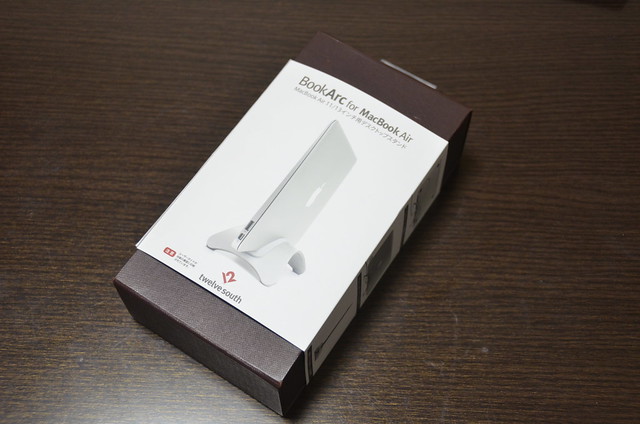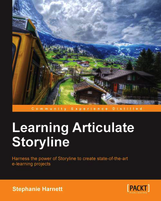Beautifully Packaged

Photo credit:Yusuke Yamanda
twelvesouth make beautiful products, one of which is the BookArc, and my Macbook Air sits in one on my desk. It’s in my field of vision all day, so to me it’s important that it is beautiful. However, this post isn’t about the book arc, it’s about the box it came in.
They could have sent it out in any sort of packaging, a plain brown box, glossy printed cardboard or even one of those awful, impossible to open plastic bubble things. They didn’t. Instead they chose to use beautiful packaging to go with their beautiful product.
Inside the box, as part of the instructions they say this;
12 ways to re-purpose your BookArc box:
Our flag is red and our hearts are green. So if you could, do the earth a favor and use your BookArc in a fun new way.1
- store stationery and prove people still write letters
- use one tray as an inbox, the other as an outbox for bills
- plant wheat grass in the lid for a modern turf table piece
- cut a slit in the top to use it as a personal “suggestion box”
- cut a slit in the top and use it as a sweet box for Valentine’s cards
- use it as a treasure chest for kids
- turn it into kindling for a romantic fire
- fill it with pens, pencil, crayons and markers
- put a gift inside it and mail it to a friend
- use it in the garage to store nails, screws and other small items
- flatten it out and use it as a backer board in a picture frame
- let your kids use it for their next craft project
Now I’d like you to consider two things:
If everything came in beautiful packaging – would you still find it as easy to dispose of, or would you be more likely to reuse it?
If you paid that much attention to the way your work was packaged, how much better would the finished product be?
- My box contains concert tickets, Glastonbury wrist bands and even my badge from the first time I spoke at Learning Technologies. ↩
Beautifully Packaged Read More »


 Earlier this year I was delighted to be asked by Packt Publishing to act as a Technical Reviewer on their new book
Earlier this year I was delighted to be asked by Packt Publishing to act as a Technical Reviewer on their new book 